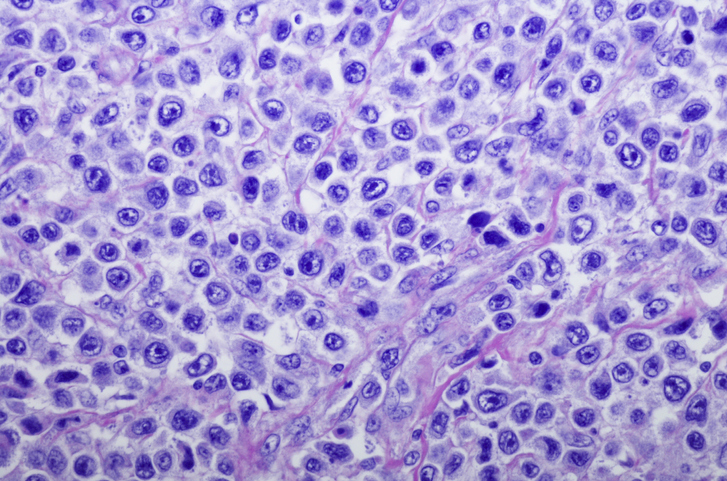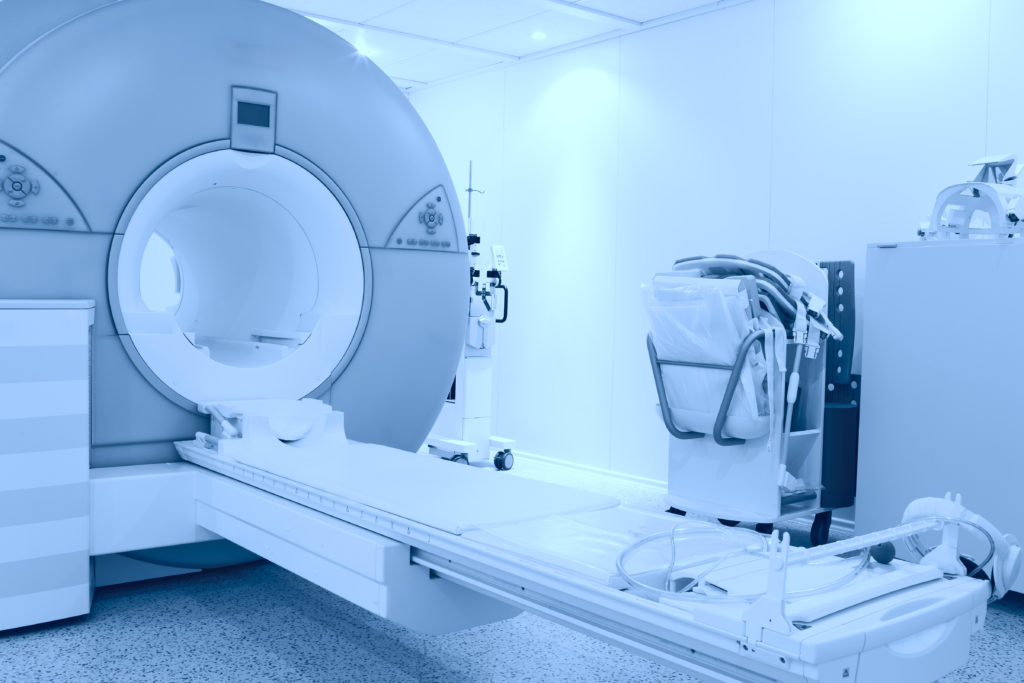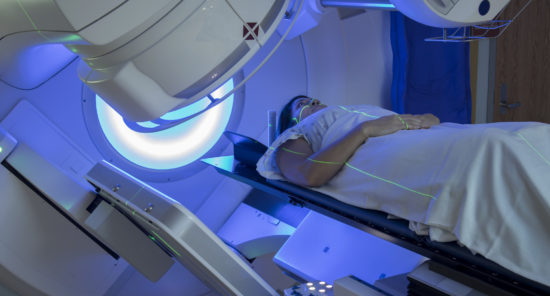Treatment with pembrolizumab plus concurrent chemoradiation therapy (cCRT) was safe and effective in patients with locally advanced, stage III non–small cell lung cancer (NSCLC), according to the results of the phase 2 KEYNOTE-799 trial, which were published in JAMA Oncology.
Patients from 52 institutions spanning 10 countries were enrolled in the nonrandomized, two-cohort study between Nov. 5, 2018, and July 31, 2020. As of Oct. 28, 2020, median follow-up was 18.5 months in cohort A and 13.7 months in cohort B.
Cohort A (squamous/nonsquamous; n=112) was given 1 cycle (3 weeks) of carboplatin (area under the curve [AUC] 6 mg/mL/min), paclitaxel (200 mg/m2), and pembrolizumab (200 mg), followed by carboplatin (AUC 2 mg/mL/min) and paclitaxel (45 mg/m2) once weekly for 6 weeks and 2 cycles of pembrolizumab plus standard thoracic radiotherapy. Cohort B (nonsquamous; n=102) was given 3 cycles of cisplatin (75 mg/m2), pemetrexed (500 mg/m2), and pembrolizumab (200 mg) every 3 weeks and thoracic radiotherapy in cycles 2 and 3. Both cohorts were given 14 more cycles of pembrolizumab.
The main outcomes were objective response rate per Response Evaluation Criteria in Solid Tumors, version 1.1 (RECIST v1.1) and incidence of grade 3 to 5 pneumonitis.
Outcomes with Pembrolizumab Plus cCRT Similar Between Groups, Longer Term Data Needed
The median age in cohort A was 66 years, and 76 patients were male; 66 patients had a programmed cell death ligand 1 (PD-L1) tumor proportion score (TPS) ≥1%. The median age in cohort B was 64 years, and 62 patients were male; 40 patients had a PD-L1 TPS ≥1%. Objective response rate was similar in cohort A (70.5%) and cohort B (70.6%). Neither group reached median duration of response, but the rate of response duration of 12 months or longer did not largely differ between the groups (79.7% vs. 75.6%, respectively). In cohort A, 9 out of 112 patients experienced grade 3 or higher pneumonitis, compared to 7 out of 102 in cohort B; 72 out of 112 and 51 out of 102 patients, respectively, experienced grade 3 to 5 treatment-related adverse events.
“In the nonrandomized KEYNOTE-799 trial, concomitant pembrolizumab plus cCRT demonstrated robust antitumor activity, regardless of tumor histologic type and PD-L1 TPS, with manageable toxicity. This treatment regimen represents a promising therapy in patients with previously untreated, locally advanced, stage III NSCLC,” the study authors wrote in their conclusion.
One limitation of the study is the shorter follow-up in cohort B, because a lot of patients are still receiving therapy, the authors noted. With longer-term follow-up after treatment, data will be available regarding overall survival and progression-free survival.
Credit: Original article published here.










